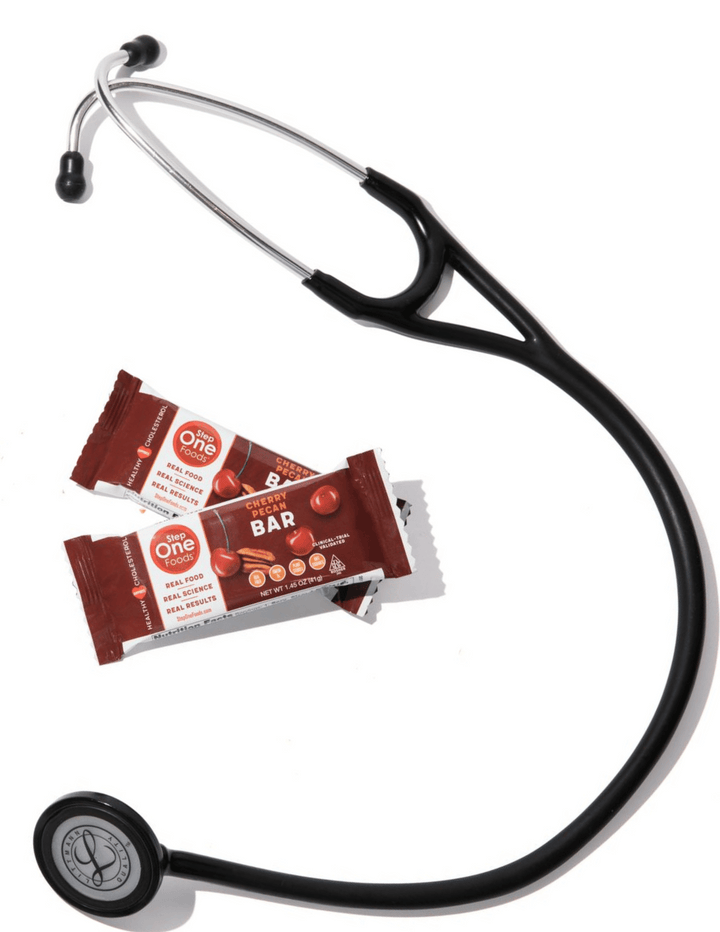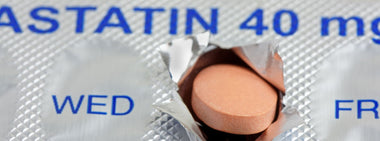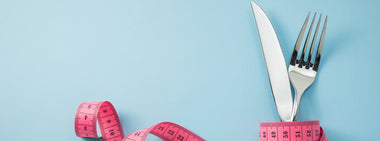Cholesterol FAQs: Part 2

There's a lot of confusion around cholesterol. This blog is part of a series in which I take on the most common questions people have about this topic. If you have specific questions about cholesterol, please submit them to our customer support team and I will try to answer them as part of this series.
To read part 1, please click here.
And now to continue:
What are Triglycerides?
Triglycerides (TG) are fatty particles that transport excess calories around and don’t actually contain much cholesterol. If you recall, when we calculate LDL the formula has us divide the TG number by 5 to estimate the cholesterol contributed by triglycerides. TGs are not as much a risk factor for heart disease as they are an indicator of overall metabolic health. TGs also tend to be the most variable numbers in a cholesterol profile and, given their role in transporting calories around, are typically also most affected by nutrition status.
What is a normal Triglyceride level?
Normal TG levels fall under 150 mg/dL. But it’s important to know that TGs are measured on a completely different scale as compared to the other two cholesterol particles. The lowest TG level I’ve ever seen (in someone on no medications) is 27 mg/dL. The highest level was over 3000 mg/dL. So although everyone should be clustered under that 150 mg/dL mark, the possible range in values is huge. Relatively speaking, therefore, absolute changes in TGs are typically much less exciting than if the same changes were seen in LDL or HDL. Very high levels of triglycerides (especially those over 1000 mg/dL) are often genetically driven and raise the risk of pancreatitis (a painful inflammation of the pancreas, the organ that makes insulin and various digestive enzymes), so people with very high TG levels are typically placed on medications to prevent the occurrence of this condition. TGs are otherwise considered more of a secondary risk factor and are treated as part of the treatment plan for LDL.
What causes high cholesterol?
High cholesterol has multiple potential causes including genetics, physical inactivity, excess weight and most importantly poor diet. In general, genetics alone are typically not the entire reason for high cholesterol. Even when people have genetically driven high cholesterol readings, other lifestyle factors usually coexist and make the numbers worse, sometimes markedly so.
What foods are high in cholesterol?
Foods high in cholesterol include eggs, shellfish, organ meats, fried and fast foods, processed meats, cheese, butter, etc. With the exception of shellfish, food-based cholesterol sources tend to be animal-based. But it’s not the cholesterol in food that is critical in determining blood cholesterol levels. Read on.
What are the worst foods for high cholesterol?
Most people think that eating foods which contain cholesterol are the worst for raising blood cholesterol. That’s actually not the case. You’d have to gorge on a mound of plain shrimp to meaningfully move LDL, for example. It’s the overall composition of foods that really determines blood cholesterol levels - especially their saturated and simple carb contents.
Saturated fats are fats that are solid at room temperature. They come from animal sources and include fats from butter, cheese, the marbling in beef, the fat in chicken, and from egg yolks. Saturated fats are relatively neutral when it comes to HDL and TGs, but in some people can be very potent stimulants for raising LDL. Most recently, I have seen LDLs increasing dramatically during the keto diet craze, a dietary pattern which is very high in saturated fat content.
Simple, processed carbohydrates (think white foods like white breads buns and bagels, white rice, white pasta, white potatoes, cakes, cookies and other items made with added sugar and/or white flour) are also big stimulants for raising cholesterol.
How do simple carbohydrates raise cholesterol?
Carbohydrates are naturally fat and cholesterol free so it's understandable why most people would not consider carbs a big driver of elevated blood cholesterol levels. But here’s where it gets complicated. All carbohydrates are absorbed as sugar. Simple/processed carbohydrates are easily digested and quickly absorbed causing blood sugars to spike. Which then causes insulin levels to spike. Insulin is a storage hormone and pushes our biochemistry into storage mode. What’s the storage form of cholesterol? LDL. LDL levels go up. What’s the non-storage form of cholesterol? HDL. HDL levels go down. What’s the storage form of sugar and excess calories? TGs. TG levels go up, often way up. End result? A pretty bad cholesterol profile.
Read the rest of the 4 part series:

Tested & Proven Results.
- Cardiologist formulated
- Supported by over 500 publications
- Clinically-proven, in a double-blind randomized trial with Mayo Clinic and The University of Manitoba
80% of participants lowered their cholesterol in just 30 days. With just two servings per day, Step One Foods offers a proven-effective way to naturally lower LDL (bad) cholesterol.
Get heart health tips and articles like this, delivered right to your email.
New articles every week.
You may also like...

Insulin Resistance, Prediabetes and Type 2 Diabetes. Part 1: Defining the Problem

You don’t need to avoid foods with cholesterol…except for these




